MRI Brain with Epilepsy Protocol
An MRI brain with epilepsy protocol is a specialized MRI examination designed to detect structural abnormalities in the brain that may be causing seizures. It's different from a standard brain MRI as it focuses on specific sequences and image resolutions to enhance the visibility of brain tissue changes related to epilepsy.
Benefits of the Epilepsy Protocol MRI:
-
Improved Accuracy:
The specialized sequences and resolutions enhance the ability to identify structural abnormalities associated with epilepsy, such as mesial temporal sclerosis and malformations of cortical development.
-
Guidance for Diagnosis and Treatment:
The MRI results provide valuable information for neurologists to diagnose the underlying cause of seizures and develop personalized treatment plans, including potential epilepsy surgery.
-
Earlier Identification of Lesions:
In some cases, the epilepsy protocol MRI can help identify lesions that might not be visible on a standard MRI, potentially leading to earlier diagnosis and treatment.
- Availibility: Booking Open
- Categories : Pathology
- Test Code : Radiology
An MRI brain with epilepsy protocol is a specialized MRI examination designed to detect structural abnormalities in the brain that may be causing seizures. It's different from a standard brain MRI as it focuses on specific sequences and image resolutions to enhance the visibility of brain tissue changes related to epilepsy.
Benefits of the Epilepsy Protocol MRI:
-
Improved Accuracy:
The specialized sequences and resolutions enhance the ability to identify structural abnormalities associated with epilepsy, such as mesial temporal sclerosis and malformations of cortical development.
-
Guidance for Diagnosis and Treatment:
The MRI results provide valuable information for neurologists to diagnose the underlying cause of seizures and develop personalized treatment plans, including potential epilepsy surgery.
-
Earlier Identification of Lesions:
In some cases, the epilepsy protocol MRI can help identify lesions that might not be visible on a standard MRI, potentially leading to earlier diagnosis and treatment.

Leena Ivy
I was casually chatting with an older female acquaintance as I got situated on the plane. She asked me what kind of medicine I practice.

Melena Jos
I was casually chatting with an older female acquaintance as I got situated on the plane. She asked me what kind of medicine I practice.

Shiran Reni
I was casually chatting with an older female acquaintance as I got situated on the plane. She asked me what kind of medicine I practice.
Related Tests
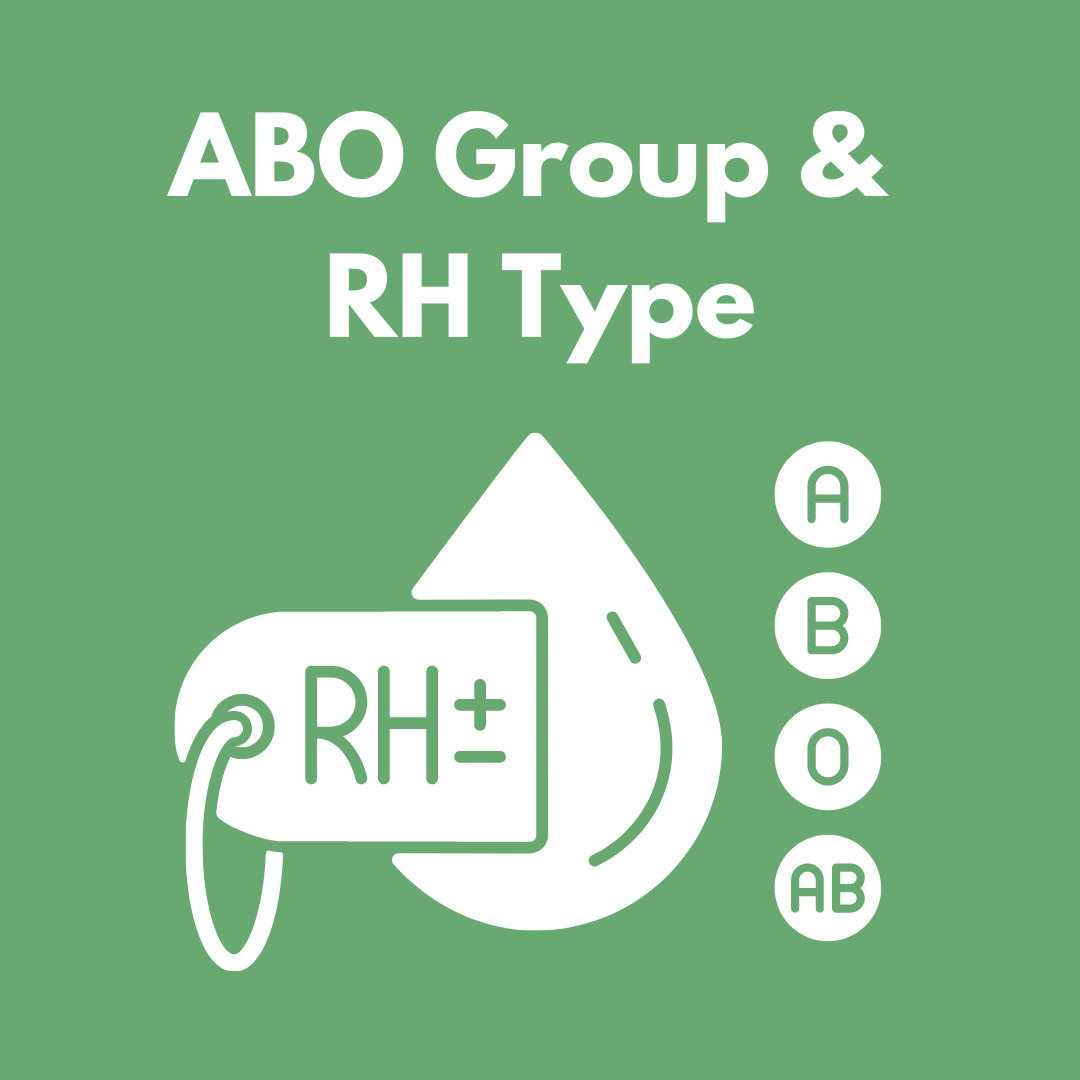
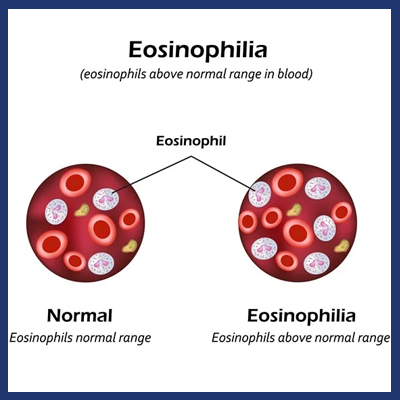
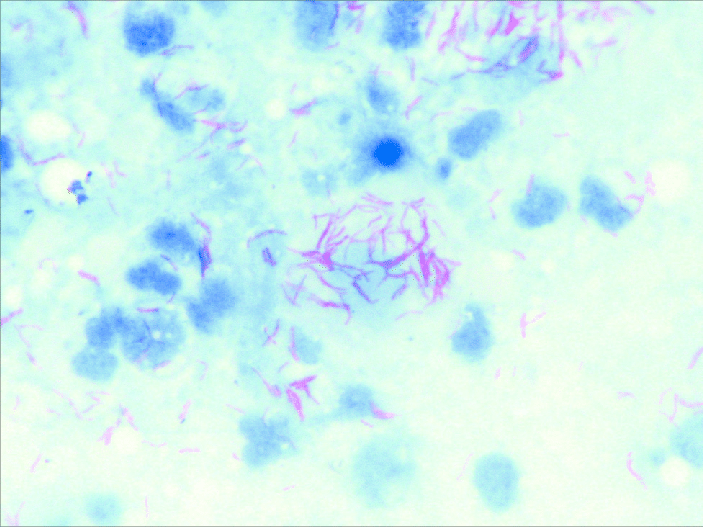
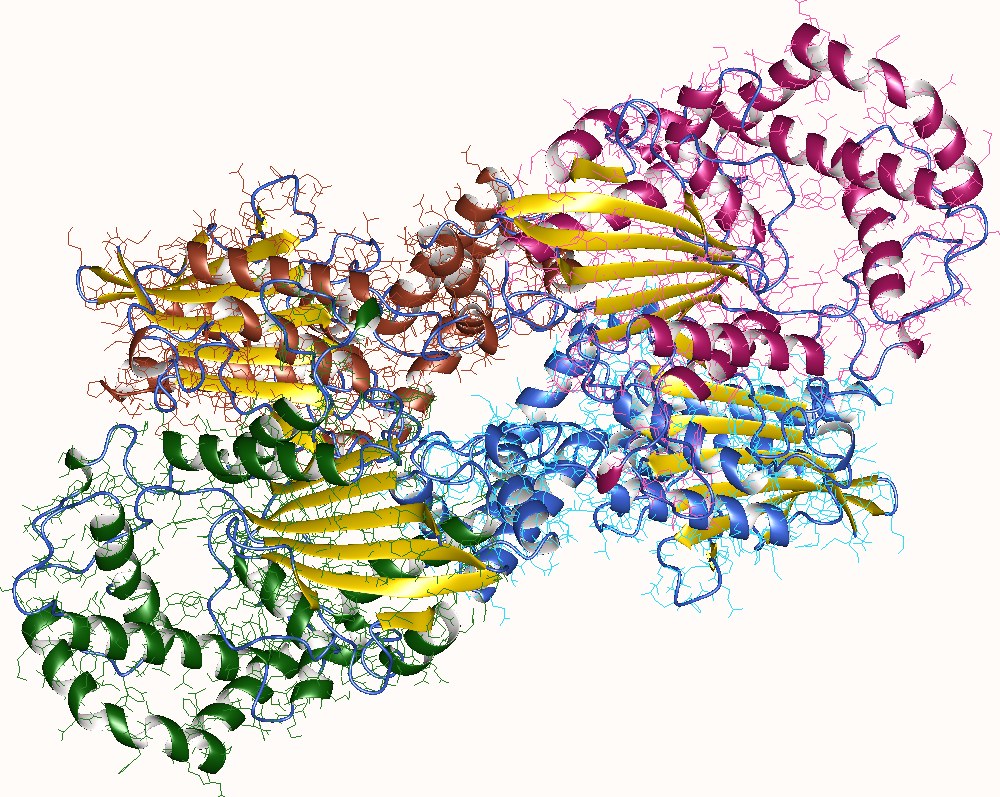






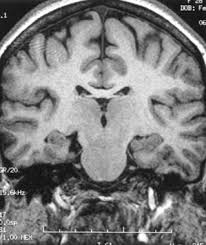
Add Review